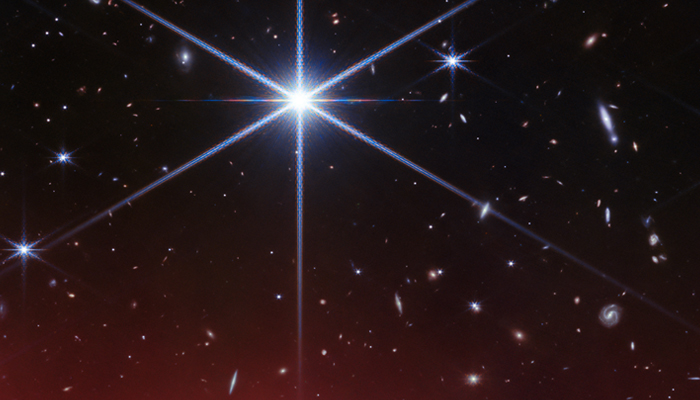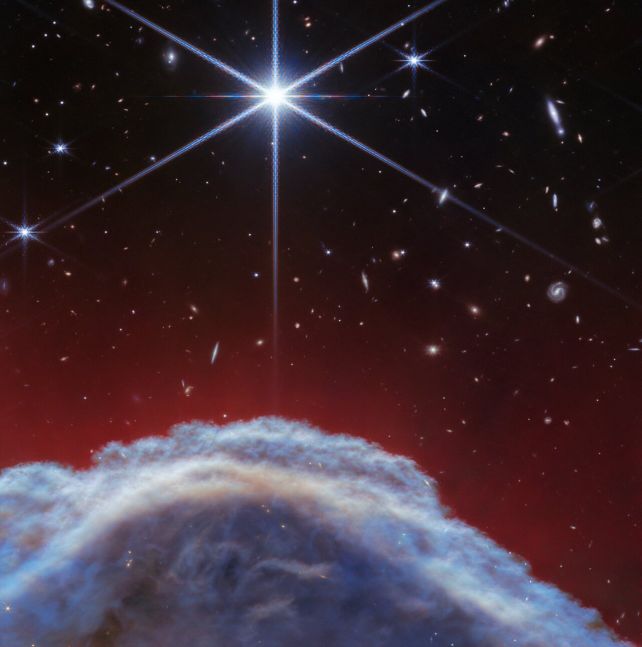James Webb Telescope once again amazes the world
JWST reveals deep space images of Horsehead Nebula
April 30, 2024

Astronomers have captured a stunning image of the Horsehead Nebula — also called Barnard 33 — with the help of the remarkable James Webb Space Telescope (JWST).
The current details revealed by the James Webb Telescope have never been known to humanity as it shows the different waves of rising gas from the west of Orion B — a cloud that is at the distance of 1,300 lightyears away from Earth possessing molecular cloud essential for the formation of a star, Space.com reported.
The picture shows the cool and dense cloud of gas that is lightened up by a newly formed star in the top left. The structure of the horse — a photon-dominated region — is appearing because of the erosion of light leaving thick, dense gas and dust that could not be eroded.

According to experts, it is for a temporary period and it will go away in around 5 million years, including the thick matter.
The Horsehead Nebula is glittering by a nearby complex called Sigma Orionis – a system of very young, large, hot stars that glow at temperatures of around 34,600 Kelvin, according to a Science Alert report.
The recent pictures from the deep space allowed the team of researchers to infer tiny details and understand the system more deeply.
Scientists now aim to understand the chemical characteristics of the gas and dust enabling astronomers to make sense of transformation these clouds and their evaporation.









